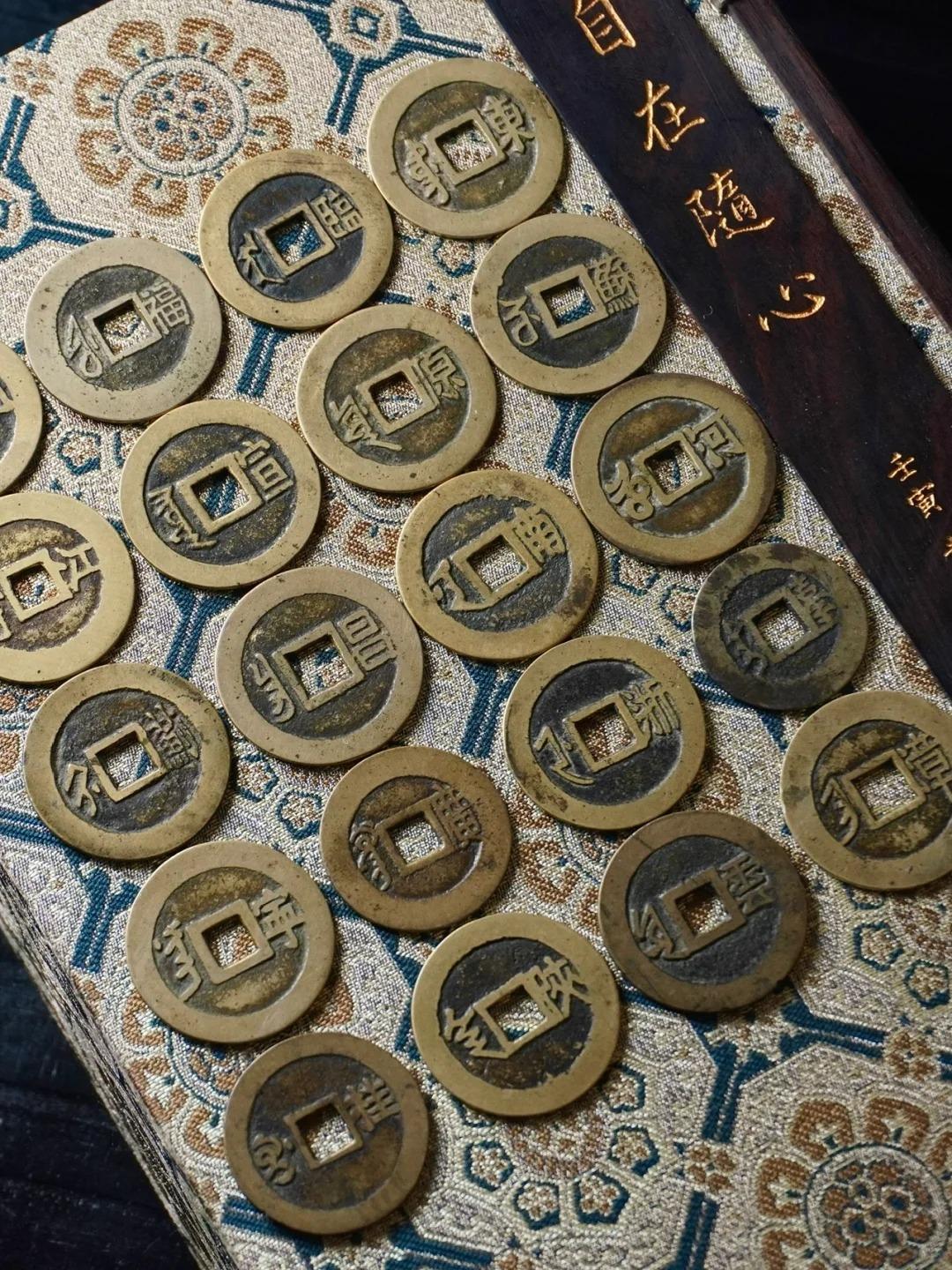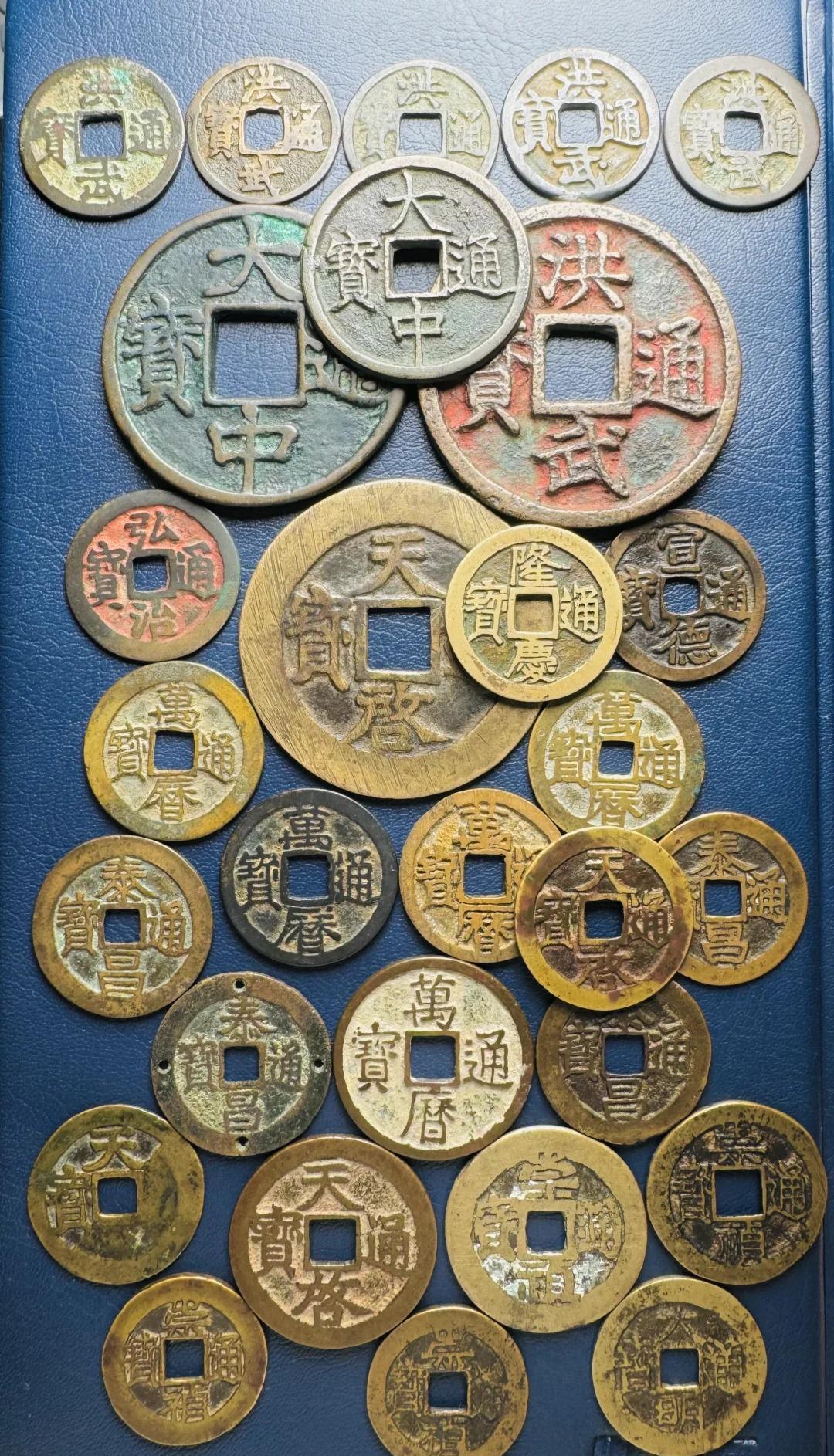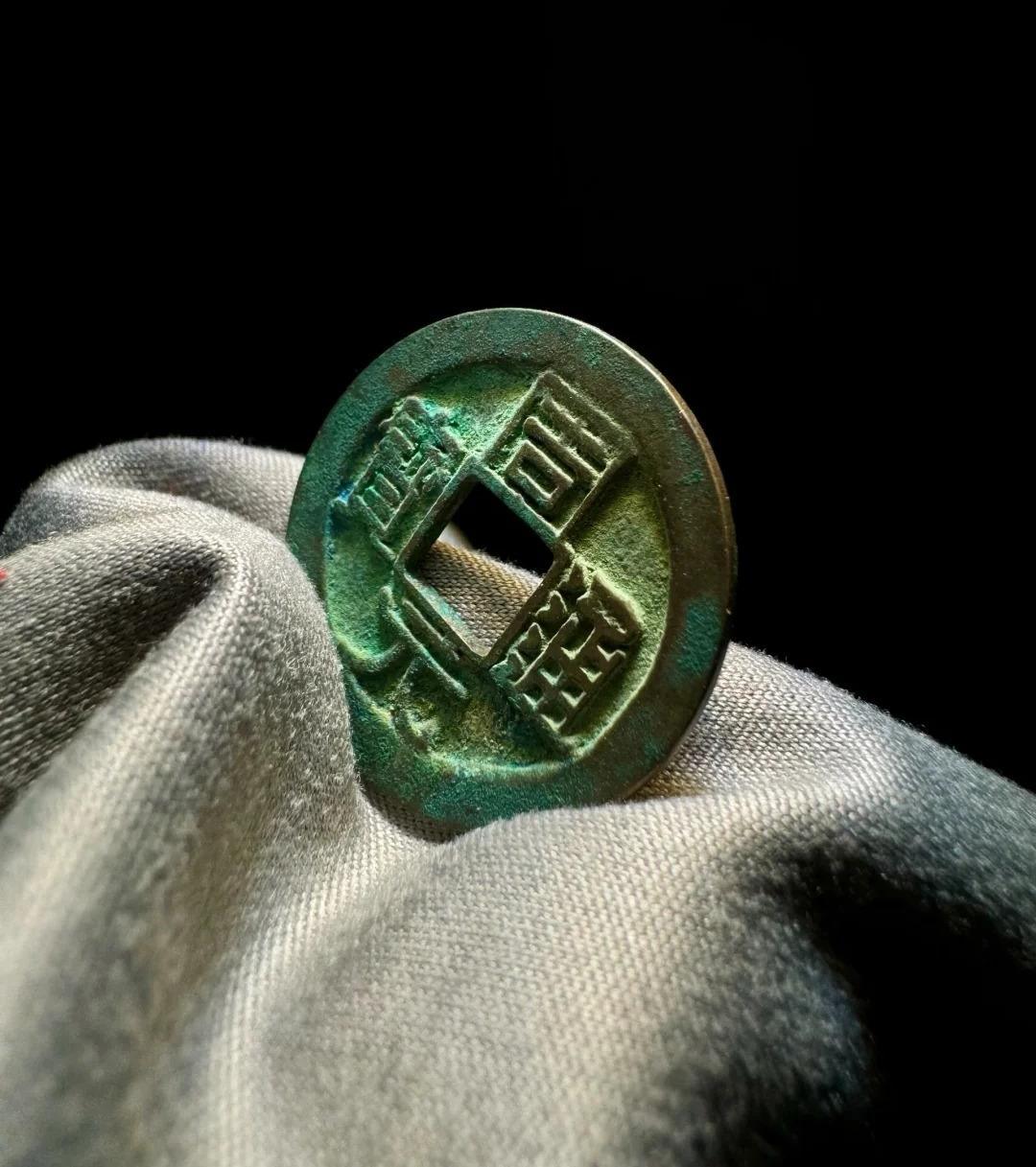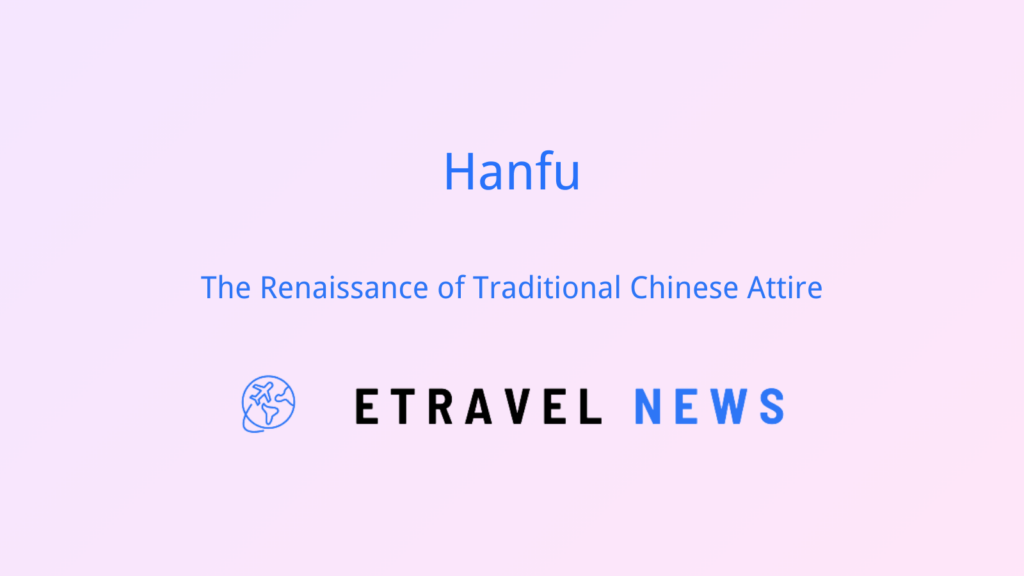Introduction to Ancient Chinese Money
China boasts one of the world’s longest and most fascinating monetary histories, spanning over 3,000 years. For travelers keen on delving into Chinese culture, understanding ancient money offers a unique perspective on the country’s economic, social, and political evolution. These currencies not only facilitated trade but also served as powerful symbols of authority and cultural identity.

Evolution of Chinese Currency
The journey of Chinese currency is a testament to human ingenuity and societal progress:
- Primitive forms: Cowrie shells, jade, and tools
- Early metal currencies: Spade money and knife money (circa 1000 BCE)
- Round coins: Introduction of the iconic round coins with square holes (221 BCE)
- Paper money: World’s first paper currency (7th century CE)
Famous Forms of Ancient Chinese Money
| Currency Type | Period of Use | Significance |
|---|---|---|
| Cowrie shells | 16th-11th century BCE | Early standardized currency |
| Bronze “cash” coins | 221 BCE – 20th century CE | Longest-used currency form |
| Sycee (gold/silver ingots) | Various dynasties | High-value transactions |
| Jiaozi (paper money) | Song Dynasty (960-1279) | World’s first government-issued paper money |
Cowrie Shells
These small sea shells were among the earliest forms of standardized currency in China, valued for their rarity and durability.
Bronze “Cash” Coins
The iconic round coins with square holes became the standard currency for over two millennia, symbolizing the unity of heaven (round) and earth (square).
Sycee
These boat-shaped gold or silver ingots were used for large transactions and as a store of wealth among the elite.
Early Paper Currencies
The Song Dynasty’s Jiaozi and the Yuan Dynasty’s Huizi marked China as the first civilization to use paper money, revolutionizing trade and finance.

Symbolism and Design in Ancient Chinese Money
Ancient Chinese currencies were rich in symbolism:
- Square holes: Represented the concept of “round sky and square earth”
- Inscriptions: Often included reign titles, auspicious phrases, and mint names
- Imperial symbols: Dragons, phoenixes, and other mythical creatures denoted imperial authority
Regional variations in design reflected the diversity of China’s vast territory, with different provinces sometimes minting unique coin styles.
Historical Impact of Ancient Chinese Money
The development of standardized currency played a crucial role in China’s economic growth and cultural unification. It facilitated long-distance trade along the Silk Road and influenced monetary systems in neighboring countries like Japan and Korea.
Notable historical events include Emperor Wang Mang’s currency reform in the 1st century CE and the hyperinflation of paper money during the Yuan Dynasty, both of which had profound economic and social consequences.

Ancient Chinese Money in Museums and Collections
For travelers interested in ancient Chinese money, several museums offer exceptional exhibits:
- Shanghai Museum: Houses an extensive collection of coins from various dynasties
- Sichuan Museum: Features the famous Chengdu Coin Hoard
- China Numismatic Museum (Beijing): Dedicated solely to the history of Chinese currency
Tip for travelers: Many museums offer guided tours or audio guides in English. It’s advisable to book in advance, especially during peak tourist seasons.
Ancient Money in Modern Chinese Culture
The legacy of ancient Chinese money continues to influence modern culture:
- Art and design: Ancient coin motifs are popular in contemporary Chinese art and fashion
- Feng Shui: Coin replicas are used as symbols of prosperity and good fortune
- Souvenirs: Reproductions of ancient coins are popular among tourists as keepsakes

Collecting Ancient Chinese Money: Tips for Beginners
- Start with common, affordable pieces like late Qing Dynasty coins
- Learn to identify basic inscriptions and reign marks
- Purchase from reputable dealers or auction houses
- Be wary of fakes; if a deal seems too good to be true, it probably is
Ancient Chinese money offers a tangible connection to China’s rich history. Whether admiring museum exhibits, exploring antique markets, or simply appreciating the cultural significance, understanding these historical currencies enhances any traveler’s experience in China. It’s a journey through time, told through the coins and notes that shaped one of the world’s oldest civilizations.






